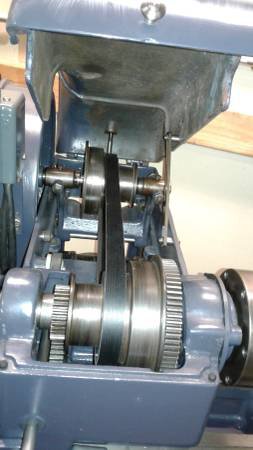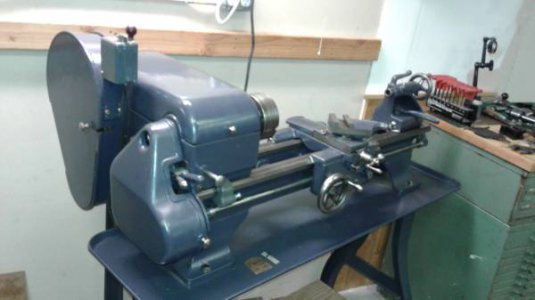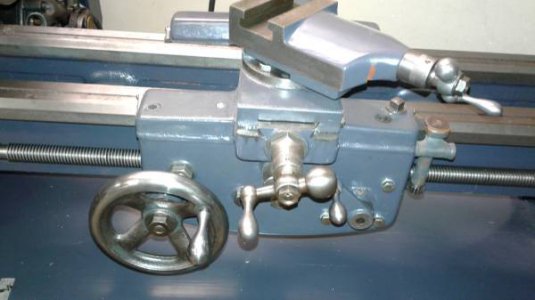- Joined
- Jan 27, 2017
- Messages
- 44
Sorry to clutter the forum up! In my other posting I compared a TH Atlas and Logan 200. Logan 200 won out due to no change gear set with the atlas and being $200 less.
I have a couple more lathes to look at this even while I go see the Logan 200.
These lathes are a Craftsman 10d-246 with some extra parts/tooling. and an unidentified logan that comes with a second tail stock that was repaired(welded), extra chuck, and tooling. I am including pics of both here. Both seems to be in the same shape. The craftsman compares in price to the Logan 200 at approx $600, where as the mystery lathe comes in at $4-500.
I appreciate all the help and guidance and will be making a selection possibly this evening.
Side question - on the logan there is a big ol pulley off the back. Ive seen it on some older lathes. Design for a certain purpose? Other function? Pros/cons?
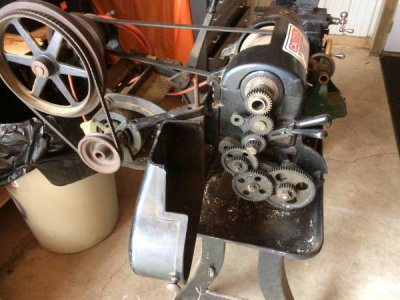
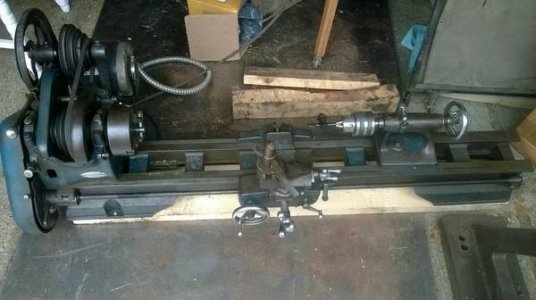
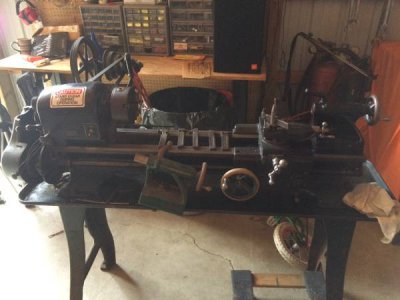
I have a couple more lathes to look at this even while I go see the Logan 200.
These lathes are a Craftsman 10d-246 with some extra parts/tooling. and an unidentified logan that comes with a second tail stock that was repaired(welded), extra chuck, and tooling. I am including pics of both here. Both seems to be in the same shape. The craftsman compares in price to the Logan 200 at approx $600, where as the mystery lathe comes in at $4-500.
I appreciate all the help and guidance and will be making a selection possibly this evening.
Side question - on the logan there is a big ol pulley off the back. Ive seen it on some older lathes. Design for a certain purpose? Other function? Pros/cons?




